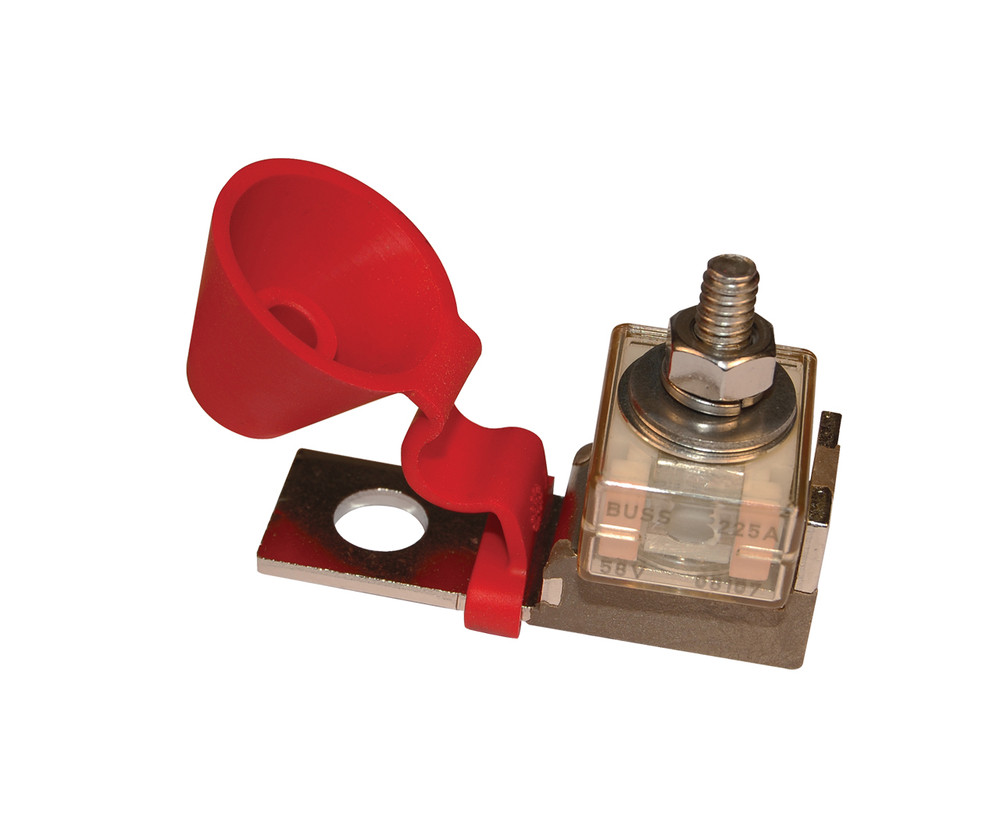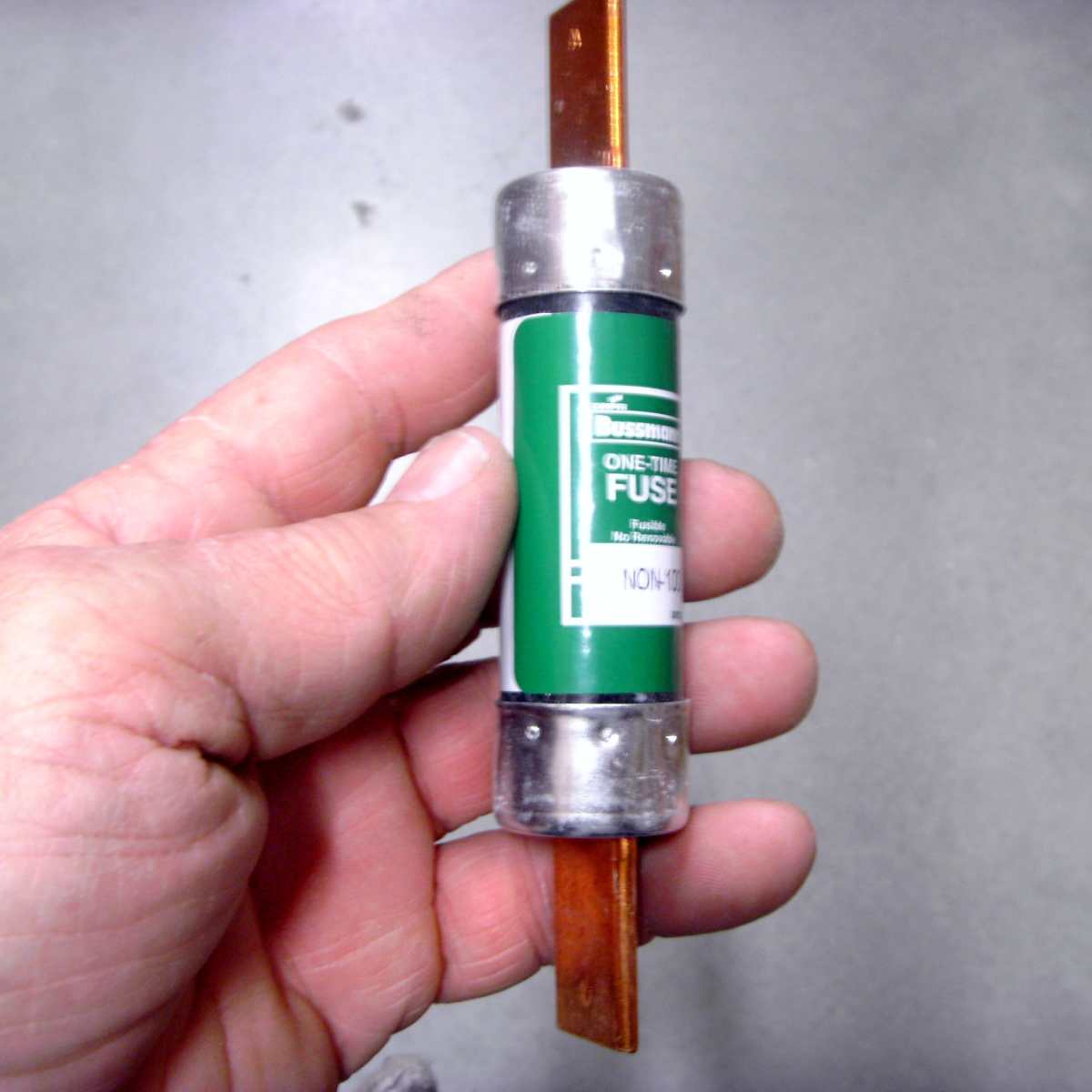6 Simple Techniques For Blue Sea Fuse Block
Wiki Article
Fascination About Blue Sea Fuse Block
Table of ContentsThe Ultimate Guide To Blue Sea Fuse BlockFascination About Blue Sea Fuse BlockFascination About Blue Sea Fuse BlockMore About Blue Sea Fuse BlockThe Blue Sea Fuse Block PDFs
If the current goes over the AIC degree, the gadget may arc across or create some various other conductive course, and stop working to do its job. The ABYC requires air conditioner and DC breaker to have a minimum AIC rating of 3,000 amps in the majority of circumstances, and also 5,000 amps in some.These are utilized to establish the optimum circuit breaker or fuse score (you can constantly go lower)., for an offered conductor dimension (e.


6 Simple Techniques For Blue Sea Fuse Block
g., 00, typically composed as 2/0, or 000, composed as 3/0, and also so on). The European system merely gauges the size, or cross-sectional area, of the copper in a conductor and also uses that. Not only are U (blue sea fuse block).S. wire sizes counterintuitive, but there are likewise 2 different conductor-sizing formulas utilizing the same numbering system.

To manage this situation, the higher the variety of conductors in a package, the extra the current-carrying capability (ampacity) of the individual conductors is de-rated. This is done by applying a de-rating factor. Till lately the ABYC applied this de-rating of packed conductors only to circuits bring more than 60V, which in sensible boating applications means AC circuits, yet the ABYC currently also partly applies de-rating to DC circuits.
The smart Trick of Blue Sea Fuse Block That Nobody is Talking About
You can locate a PDF variation of these tables and an explanation on just how to use them here. A coiled shore-power cable being in the sunlight is one circumstances not covered by packing and other policies for which a wire ought to still be derated due to heat. The consolidated impacts of the coiling (effectively, a type of bundling) and also solar home heating can successfully derate a shore-power cable by as much as 50%.A conductor should be derated at any time there is any type of obstruction to dissipating the warm generated within it. Note that the majority of cabling used in U.S.-built boats has an insulation temperature ranking of 105C/221F, as opposed to the 90C/194F or also 60C/140F cabling found in several European-built watercrafts. The insulation temperature rating ought to be printed on the cable television, and if it is not, the wire does not abide by ABYC criteria.
As noted above, in some scenarios a reduced conductor insulation rating might be selected. If any kind of component of the circuit being shielded is inside an engineroom, the Within Engine Spaces sub-column is used to identify the maximum allowable OCP, however or else, the Outdoors Engine Spaces sub-column matters (blue sea fuse block). If the conductor remains in a package, use the ideal de-rating variable based on the number of conductors in that bundle.
The Blue Sea Fuse Block Ideas
If there is no specific suit in between the resulting conductor ampacity and also readily available fuse or breaker ratings, the ABYC criteria allow the following highest possible rated fuse or breaker to be made use of on almost major circulation panel merges as well as breakers (these can not surpass 100% of the circuit rating), as long as the fuse or breaker's rating does not go beyond 150% of the ampacity of the conductor it is protecting.Breaker require to match the ampacity of the cords they are safeguarding! Figure out whether a fuse or a circuit breaker is more ideal for the job. Figure out the ampacity of the More about the author smallest conductor to be protected by the overcurrent tool. Identify the maximum continual present that will move on the circuit.
However in some cases, particularly with bilge pumps, there is a future of partially sized electrical wiring to the motor. If a locked-rotor problem develops, the overall resistance in the circuit may be adequate to restrict the present circulation to a degree that will not trip the breaker or blow the fuse but which however is high sufficient over time to start a fire at the pump.
Blue Sea Fuse Block Fundamentals Explained
The conductor size have to be enhanced to make sure that the voltage drop on the circuit is reduced to a degree at which enough current to trip the breaker or blow the fuse can move. Anyway, the ABYC needs that all electric motors and also electric motor circuits be designed as well as shielded to make sure that they can endure a locked-rotor problem for 7 hrs without developing a fire hazard.Relatively economical and small breakers ranked at up to 150 amps are now commonly readily available, with each other with cheap, compact fuses as much as 800 amps. There is simply no justification for not safeguarding all high-current address circuits, consisting of cranking circuits. Typical amperage rankings for common marine fuse kinds. Various other dimensions may be readily available yet try these out tough to locate.
The neatest method to handle them, and provide the essential overcurrent defense, is to run a single heavy conductor, normally 2/0 scale (70mm), from the favorable blog post on the residence batteries to a battery-isolation button. This conductor needs to be effectively integrated as near the battery as feasible. If the conductor is bolted (instead of secured) to the battery blog post, there are purpose-built integrates that can be included at the battery blog post itself (MRBF integrates).
Report this wiki page